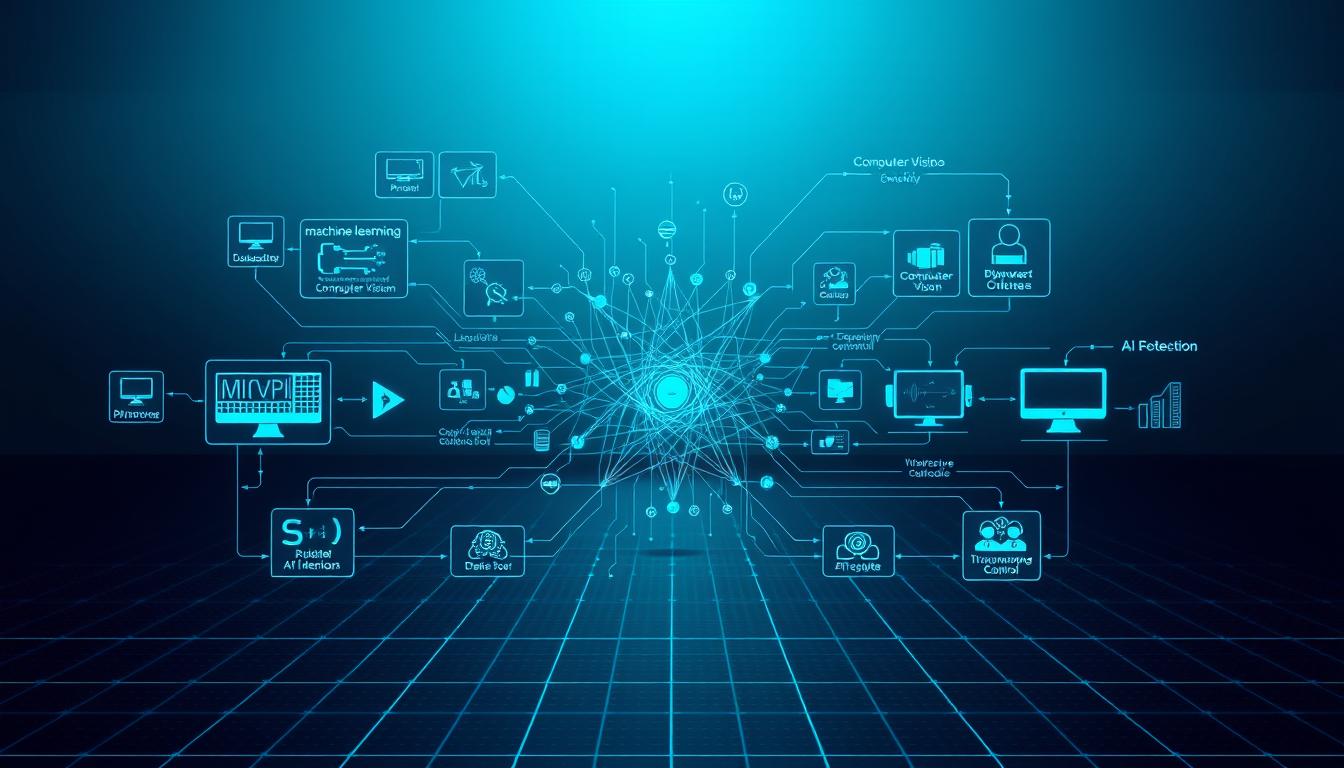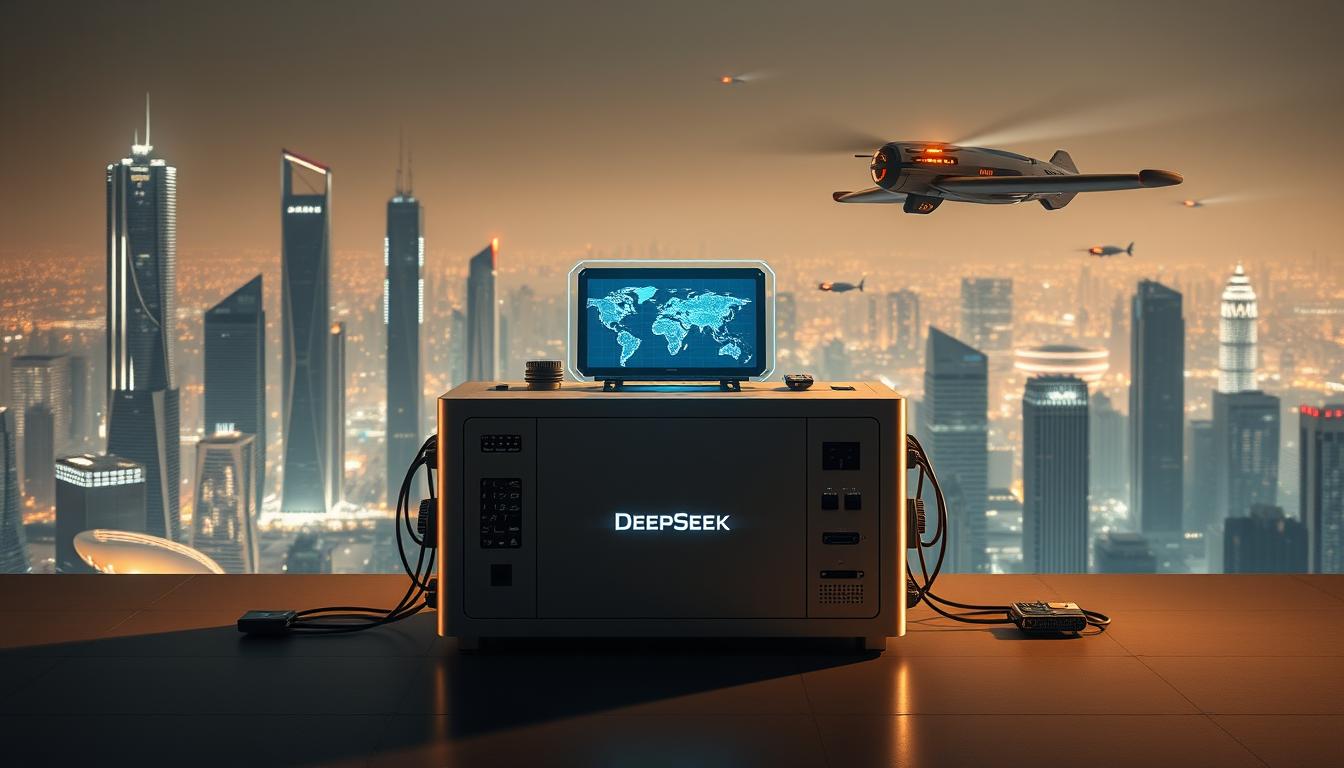As companies increasingly turn to Artificial Intelligence to streamline operations, it’s crucial to understand that not every process is suited for a fully autonomous solution. Before diving into the world of AI-driven automation, businesses must grasp the distinctions between traditional automation, AI workflows, and AI agents.

I will explore the unique strengths and weaknesses of each approach, from the reliability of traditional automation to the adaptive capabilities of AI agents. By understanding these differences, businesses can make informed decisions about which technology best suits their needs.
This clarity is essential for maximizing efficiency and leveraging the right tools for specific tasks, ultimately enhancing overall business systems.
The Evolution of Business Process Automation
The journey of business process automation from manual processes to intelligent systems is a fascinating story. As technology has advanced, businesses have increasingly adopted automation to stay competitive and improve efficiency.

Historically, businesses relied on manual processes that were time-consuming and prone to errors. The introduction of basic automation technologies marked the beginning of a new era, enabling companies to streamline their operations and reduce costs.
From Manual Processes to Intelligent Systems
The progression from manual processes to intelligent systems has been driven by technological advancements. Initially, automation focused on simple rule-based systems. However, with the integration of artificial intelligence (AI), automation has evolved to include sophisticated solutions that can learn and adapt to changing conditions.
| Stage | Characteristics | Impact |
|---|---|---|
| Manual Processes | Time-consuming, error-prone | Limited efficiency |
| Basic Automation | Rule-based, repetitive tasks | Improved efficiency, reduced costs |
| Intelligent Systems | AI-powered, adaptive, complex tasks | Enhanced efficiency, competitiveness, and scalability |
Why Understanding These Distinctions Matters for Businesses
Understanding the differences between various automation approaches is crucial for businesses to make informed technology investments. By choosing the right automation solutions, companies can significantly impact their efficiency, competitiveness, and ability to scale in today’s rapidly changing market landscape.
Businesses that grasp these distinctions can better align their technology investments with their operational needs, ultimately driving growth and success.
Traditional Automation: The Foundation of Efficiency
At its core, traditional automation is about executing predefined tasks without the need for artificial intelligence. This foundational technology has been crucial in enhancing business efficiency by automating repetitive and rule-based tasks.
What Defines Traditional Automation
Traditional automation refers to rule-based systems that execute predefined tasks following strict logic and predetermined workflows. It’s characterized by its reliance on predefined rules and linear process execution.
Key Features and Capabilities
The key features of traditional automation include its ability to handle repetitive tasks consistently and process structured data efficiently. It operates according to explicit programming and is integration-friendly, connecting with multiple platforms and tools.
| Feature | Description |
|---|---|
| Predefined Rules | Operates based on pre-set triggers and actions |
| Linear Processes | Executes tasks step-by-step |
| Limited Flexibility | Cannot adapt to unexpected changes |
Strengths and Limitations
Traditional automation offers reliability, predictability, and cost-effectiveness for routine operations. However, it lacks the ability to make decisions and adapt to changes, requiring manual updates when business processes evolve.

AI Workflows: Adding Intelligence to Structure
AI workflows represent a significant evolution in automation by integrating AI models into structured processes. This integration enables businesses to handle complex tasks more efficiently while maintaining the benefits of structured automation.
Differentiating AI Workflows from Traditional Automation
AI workflows differ from traditional automation by incorporating AI models, such as large language models (LLMs), into specific steps of automated processes. This allows for dynamic decision-making, pattern recognition, and the handling of unstructured data within a structured flow.
Core Components and Functionality
The core components of modern AI workflow systems include prompt engineering, routing mechanisms, parallelization capabilities, orchestrator-worker relationships, and evaluation frameworks. These components work together to enable AI workflows to make dynamic decisions based on data patterns while operating within defined parameters.
Advantages and Disadvantages
AI workflows offer several advantages, including the ability to handle more complex tasks, learn from historical data, and adapt processes based on emerging patterns. However, they also present challenges such as increased complexity, potential errors in AI decision points, and the need for quality training data.
| Feature | Traditional Automation | AI Workflows |
|---|---|---|
| Decision-making | Rigid logic | Dynamic, based on data patterns |
| Data Handling | Structured data | Both structured and unstructured data |
| Adaptability | Limited | High, through machine learning |

As AI workflows continue to evolve, they are likely to play a crucial role in shaping the future of intelligent automation.
AI Agents: Autonomous Decision-Makers
The emergence of AI agents marks a new era in intelligent automation, where machines can reason, plan, and execute tasks autonomously. These advanced systems go beyond traditional automation and AI workflows by introducing autonomous decision-making capabilities.
Defining AI Agents and Their Capabilities
AI agents are sophisticated systems that can perform complex tasks without constant human input. They utilize machine learning to continuously improve their performance based on experience and feedback. One of the key capabilities of AI agents is their ability to adjust to new information, create their own strategies, and execute tasks with minimal human guidance.

The Action-Feedback Loop
A critical component of AI agents is the action-feedback loop, which enables them to continuously test, learn from outcomes, and refine their approaches until desired results are achieved. This loop involves taking actions, receiving feedback, and adjusting subsequent actions based on that feedback, allowing AI agents to make informed decisions.
Limitations and Challenges
While AI agents offer significant advantages, they also present challenges, including potential unpredictability and the complexity of implementing truly autonomous systems. Additionally, AI agents require substantial resources to develop and maintain, and their capabilities must be carefully aligned with organizational needs to ensure effective deployment.
Automation, AI Workflow, and AI Agents: Understanding the Differences and Their Roles
To maximize efficiency and innovation, businesses must grasp the unique strengths and limitations of automation, AI workflows, and AI agents. As we explore these technologies, it’s essential to understand how they differ in their capabilities and applications.
Decision-Making Capabilities Compared
The decision-making capabilities of automation, AI workflows, and AI agents vary significantly. Traditional automation executes predetermined decisions based on explicit rules, while AI workflows can make more nuanced decisions within structured parameters. In contrast, AI agents can formulate entirely new decision strategies, offering a higher level of autonomy.
| Technology | Decision-Making Capability |
|---|---|
| Traditional Automation | Executes predetermined decisions based on explicit rules |
| AI Workflows | Makes nuanced decisions within structured parameters |
| AI Agents | Formulates entirely new decision strategies |
Adaptability and Learning Potential
The adaptability spectrum across these technologies ranges from the rigid structure of traditional automation to the flexible learning capabilities of AI agents. While AI workflows can learn from historical data within defined parameters, AI agents can discover entirely new patterns and approaches, continuously improving through experience.

Implementation Requirements
Implementing these technologies requires careful consideration of technical infrastructure, expertise, data needs, and organizational readiness. Automation is generally fast, reliable, and easy to maintain, while AI workflows and AI agents demand more sophisticated infrastructure and expertise.
In conclusion, understanding the differences between automation, AI workflows, and AI agents is crucial for businesses to choose the right technology for their specific needs. By considering factors such as decision-making capabilities, adaptability, and implementation requirements, businesses can make informed decisions and maximize their automation potential.
Real-World Applications and Use Cases
Real-world use cases demonstrate the unique value propositions of traditional automation, AI workflows, and AI agents. By examining their applications across various industries, businesses can determine the most suitable approach for their specific needs.
When to Use Traditional Automation
Traditional automation excels in repetitive, rule-based tasks with predictable inputs and outputs. For instance, email marketing campaigns and invoice processing are ideal scenarios for traditional automation, as they involve structured data and predefined rules. Businesses in finance, marketing, and operations can significantly benefit from automating these tasks.
Ideal Scenarios for AI Workflows
AI workflows are particularly effective in scenarios requiring pattern recognition and intelligent decision-making within structured processes. Examples include customer support ticket routing, lead scoring systems, and fraud detection mechanisms. These applications combine the structure of traditional automation with the intelligence of AI, enabling businesses to make data-driven decisions.
Best Applications for AI Agents
AI agents thrive in complex, evolving environments where autonomous decision-making and continuous learning are crucial. Customer service chatbots and virtual assistants are prime examples of AI agents in action, providing personalized support and adapting to customer needs in real-time. Businesses can leverage AI agents to enhance customer experience and improve operational efficiency.
| Automation Approach | Ideal Application | Key Benefits |
|---|---|---|
| Traditional Automation | Email marketing campaigns, invoice processing | Efficiency, reduced manual labor |
| AI Workflows | Customer support ticket routing, lead scoring | Intelligent decision-making, improved accuracy |
| AI Agents | Customer service chatbots, virtual assistants | Personalized support, adaptability |
The Future of Intelligent Automation: Hybrid Approaches
In the rapidly changing landscape of business technology, hybrid approaches to automation are emerging as a key trend. The future of business automation lies not in choosing one approach exclusively, but in strategically integrating multiple tools to address different aspects of business processes.
By combining traditional automation for routine tasks, AI workflows for complex processes, and AI agents for adaptive functions, businesses can create comprehensive solutions. The growing importance of orchestration layers that coordinate between different automation tools will be crucial in creating seamless experiences.
As businesses develop maturity models for intelligent automation, they must balance immediate efficiency gains with long-term transformation goals. The boundaries between different automation approaches will continue to blur, creating even more powerful and flexible business tools.


